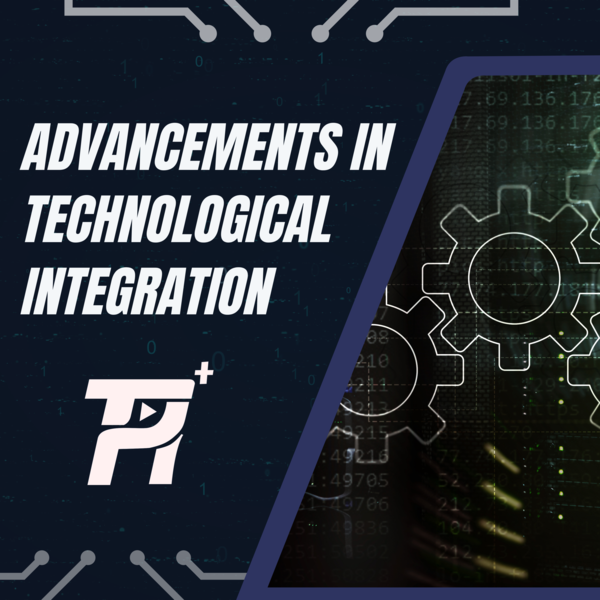In the rapidly evolving landscape of technology, one of the most profound transformations we have witnessed is the seamless integration of the digital and physical worlds. This convergence has opened up countless possibilities and has revolutionized the way we live, work, and interact with our environment. From augmented reality to the Internet of Things (IoT), the synergy between the digital and physical realms has resulted in a powerful combination that is reshaping the way we perceive and interact with the world around us.
The advent of augmented reality (AR) has been a significant milestone in bridging the gap between the digital and physical spheres. AR overlays digital content onto the real world, blurring the boundaries between the two. Through AR, users can experience a rich blend of virtual and real-life elements, enhancing their interactions and experiences. From gaming and entertainment to industrial applications and education, AR is enabling innovative solutions that were once considered futuristic fantasies. It is revolutionizing how we shop, learn, and even perform complex tasks by providing real-time information and assistance in the physical world.
Another remarkable development in this realm is the Internet of Things (IoT), which is connecting everyday objects to the internet, transforming them into smart devices. This interconnectedness enables devices to communicate with each other and with users, creating a more efficient and automated world. Smart homes, for instance, allow residents to control lighting, security systems, and appliances remotely through their smartphones. IoT is revolutionizing industries such as healthcare, transportation, and agriculture, leading to improved efficiency, reduced costs, and enhanced user experiences.
The digital-physical integration is also reshaping the retail sector. Brick-and-mortar stores are leveraging technology to create immersive experiences for customers. Augmented reality is being used to enable virtual try-ons, allowing shoppers to see how clothing or accessories look on them without physically trying them on. Interactive digital displays and virtual shopping assistants are also becoming commonplace, enhancing customer engagement and driving sales.
Moreover, this convergence has had a profound impact on education. Digital tools and technologies are transforming traditional classrooms into interactive and dynamic learning environments. Virtual reality (VR) has revolutionized training and education by immersing learners in realistic simulations that enhance skill development. Furthermore, cloud-based platforms and collaboration tools have made it possible for students and educators to seamlessly connect and share resources across geographical boundaries.
In the field of healthcare, the integration of digital and physical technologies has led to significant advancements. Wearable devices and health monitoring tools are empowering individuals to track their fitness, vital signs, and chronic conditions in real-time. Additionally, telemedicine and remote patient monitoring have emerged as viable alternatives to in-person consultations, improving access to healthcare services, especially in remote areas.
However, this convergence also raises important considerations, particularly regarding data privacy and security. As more devices collect and share data, ensuring the protection of sensitive information becomes paramount. Striking a balance between the benefits of technological integration and safeguarding user privacy is a challenge that must be addressed.
In conclusion, the seamless integration of the digital and physical worlds has paved the way for revolutionary advancements across various sectors. From augmented reality to the Internet of Things, technology has become an inseparable part of our lives, enhancing our experiences and interactions with the physical world. As we continue to explore the potentials of this convergence, it is crucial to maintain a strong focus on data privacy and security, ensuring that technological advancements serve to uplift and empower humanity. The journey of bridging the digital and physical worlds is an ongoing process, and with careful consideration and responsible innovation, we can create a future where technology truly enhances the human experience.

